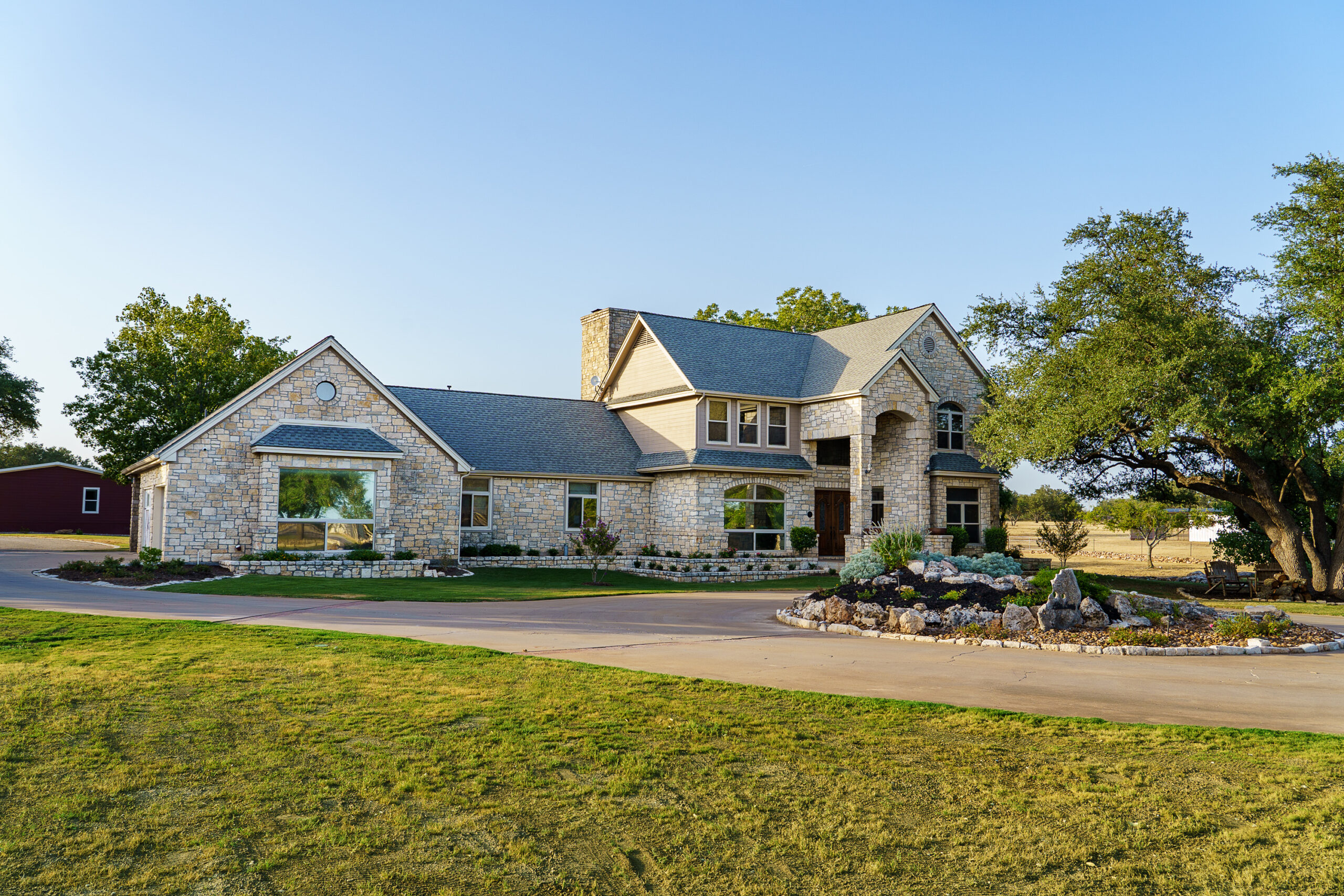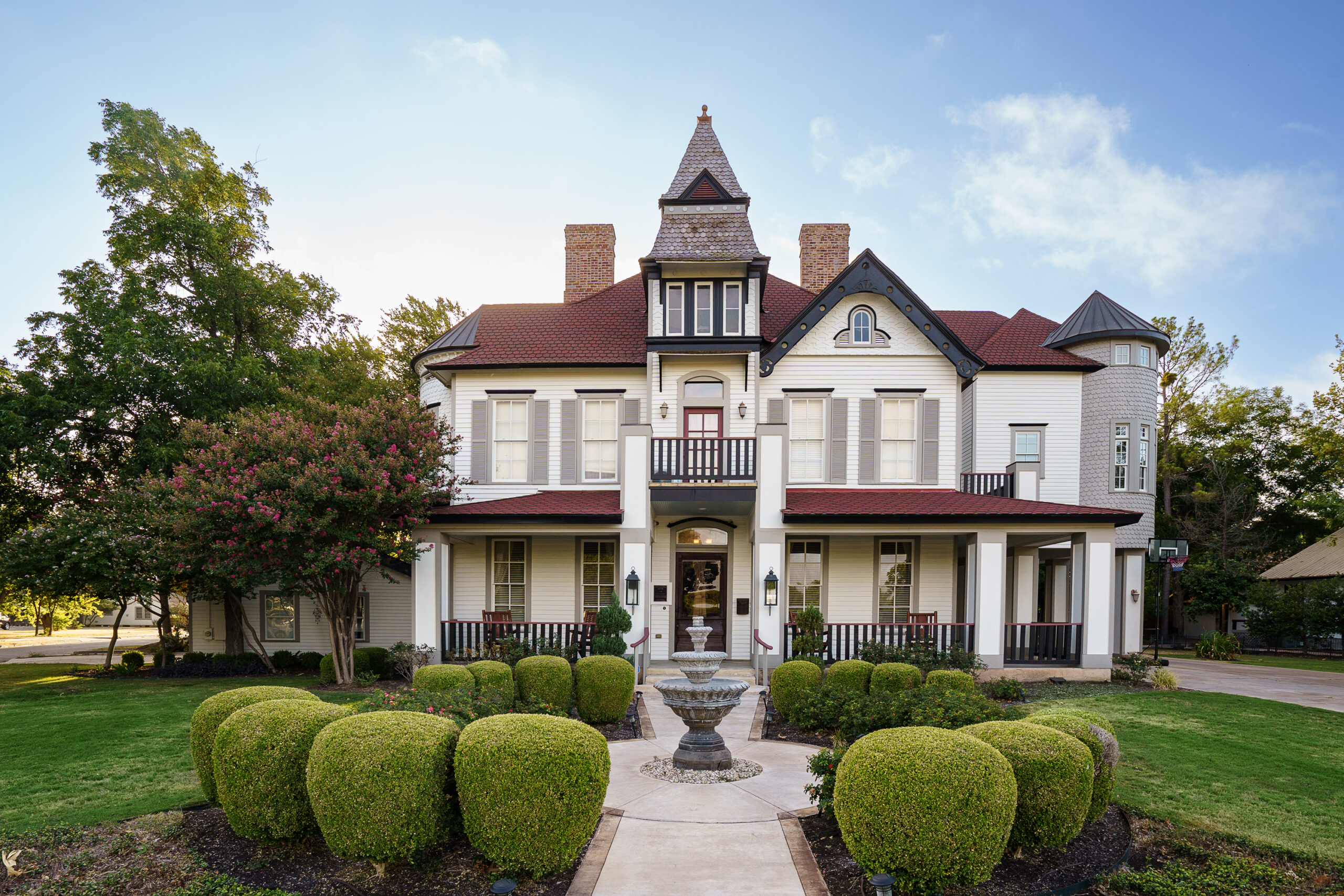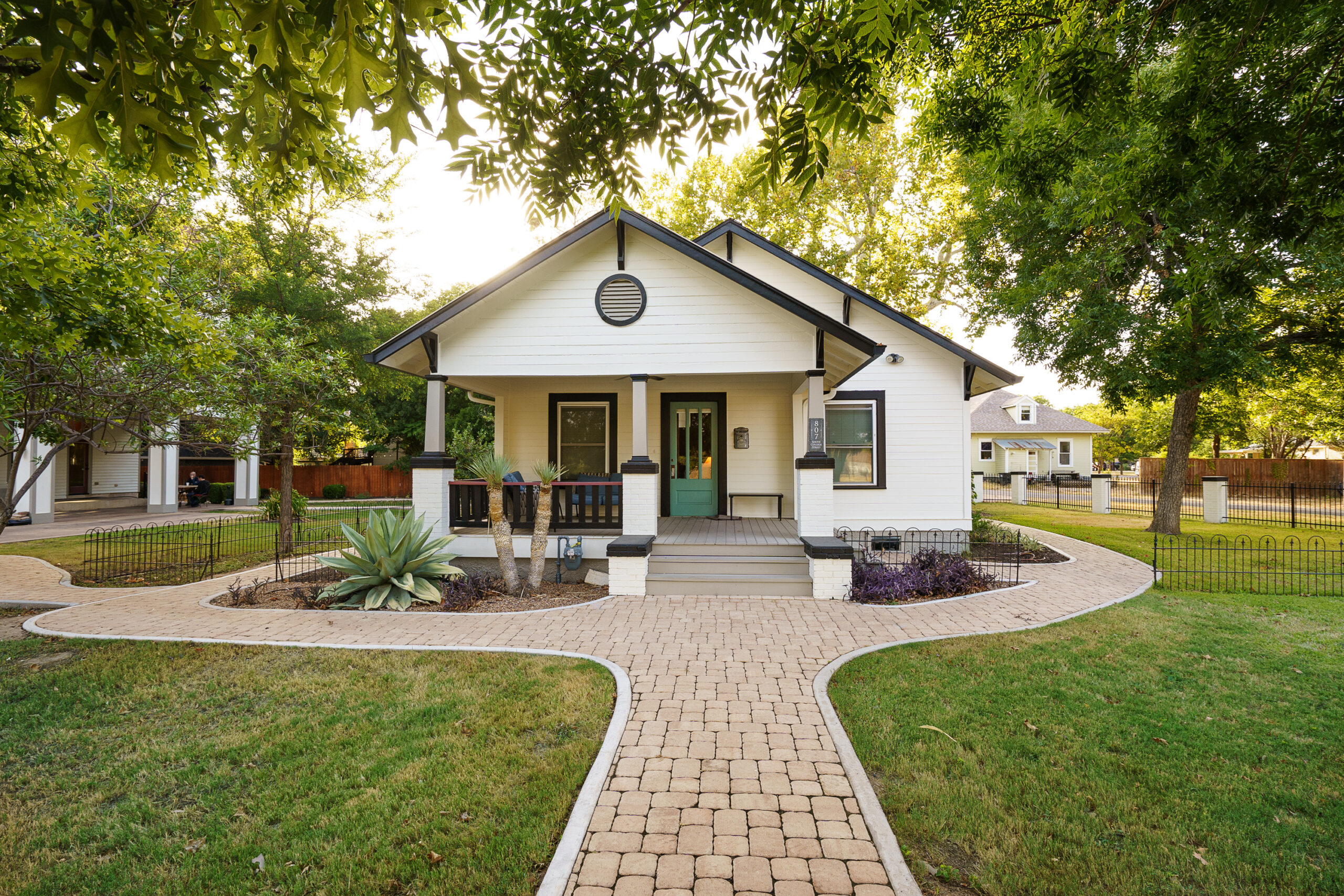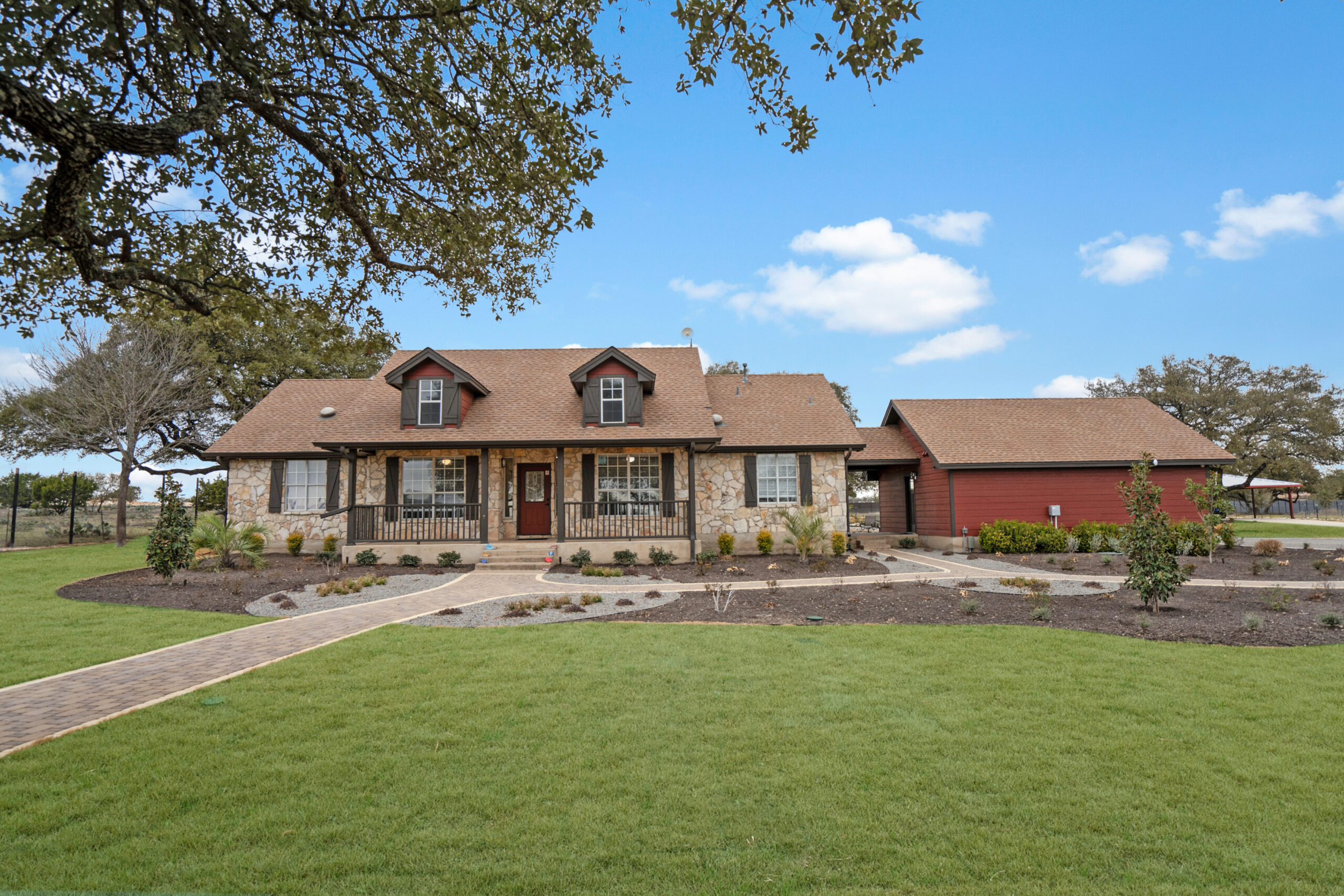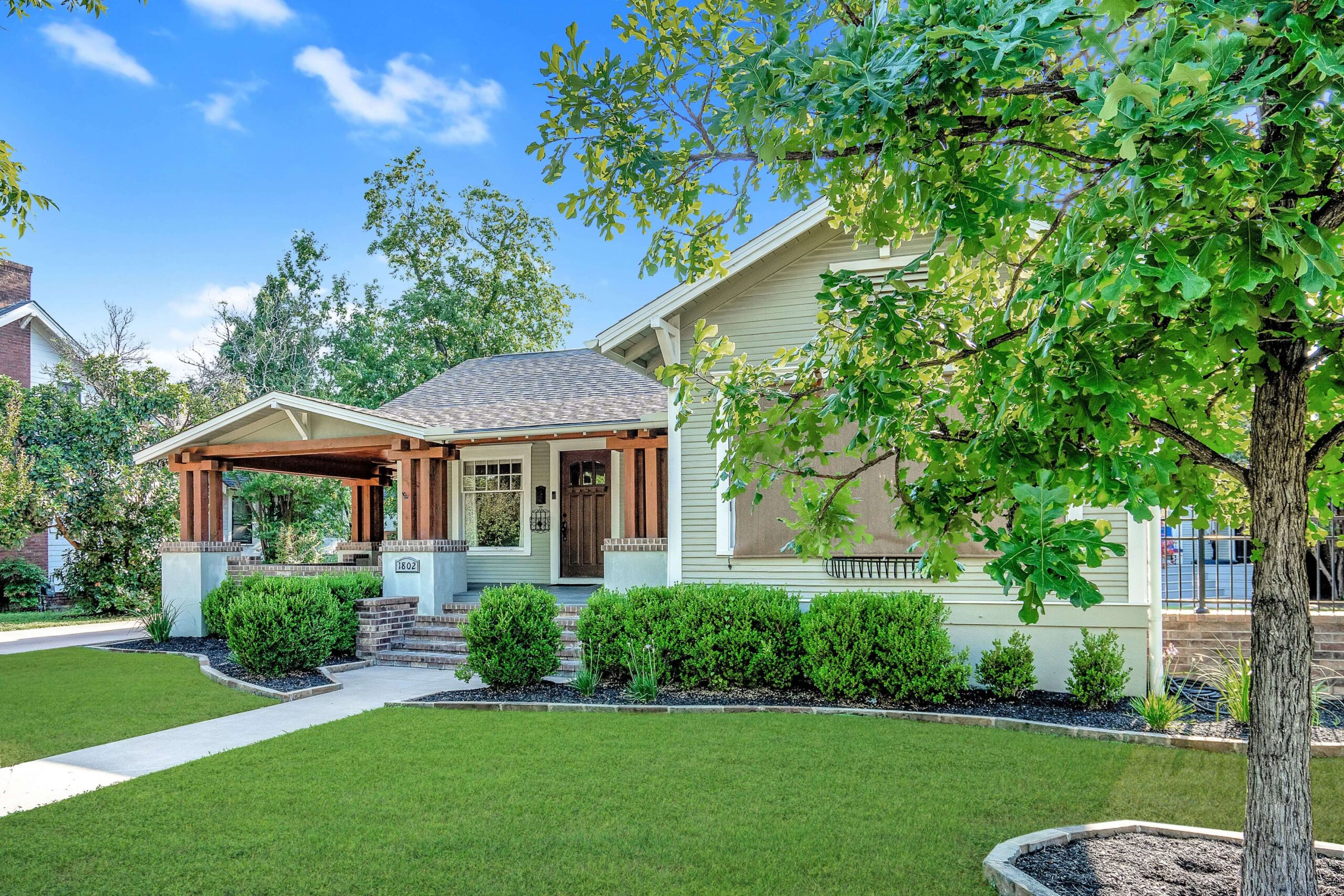Types of Inpatient Facilities for Bipolar Disorder
Inpatient facilities for bipolar disorder come in various forms, each designed to cater to specific needs. Some focus on short-term crisis stabilization, where patients receive immediate care to manage acute symptoms. Others offer long-term residential treatment, providing comprehensive care plans addressing both mental and physical health aspects.
Many facilities operate on a full continuum of care, from detoxification for those with co-occurring substance use disorders to ongoing, less intensive outpatient services. This flexibility ensures a tailored approach for each individual’s recovery journey.
What to Look for in an Inpatient Facility
Choosing the right inpatient facility for bipolar disorder can be crucial to recovery. Start by verifying the facility’s accreditation and the qualifications of its staff. Joint Commission accreditation, for example, indicates a high standard of care. Ensure that evidence-based treatments are available, such as cognitive behavioral therapy (CBT) and medication management.
Personalization of care is another important factor. Look for facilities that offer individualized treatment plans. Ask about patient-staff ratios, as more personalized attention often correlates with better outcomes. A facility’s environment should also foster a sense of safety and calm, aiding the healing process.
Supporting amenities like recreational therapy, nutritional support, and holistic treatments can enhance recovery. Facilities that integrate these services support a whole-person approach, addressing diverse needs beyond the bipolar disorder itself.
Daily Life in Inpatient Facilities
Life inside inpatient facilities for bipolar disorder is structured to foster stability and growth. Patients typically follow a schedule that includes various therapeutic sessions, group activities, and individual counseling. This routine helps manage the disorder while teaching coping mechanisms.
Patients may participate in skill-building workshops to learn stress management, emotional regulation, and interpersonal skills. Such activities are designed to equip them with the tools needed to handle everyday challenges once they leave the facility.
Recreational activities, whether art therapy, yoga, or group sports, provide therapeutic benefits while encouraging social interaction. These activities promote mental wellness, offering a break from intensive therapy and an opportunity to develop healthy habits.
Social support is a cornerstone of recovery, and peer groups within the facility often form a crucial part of the healing process. Strong bonds with others undergoing similar treatments can provide invaluable support and understanding.
Cost and Insurance Considerations
Navigating the costs of inpatient facilities for bipolar disorder is often a concern for families. While high-quality treatment can be expensive, many facilities accept insurance, including Medicaid and Medicare, to offset these costs. Some also offer sliding scale fees based on income.
It’s crucial to verify which insurance providers a facility partners with before admission. Many offer financial advisors who can help navigate the complexities of insurance billing and potential out-of-pocket expenses.
A facility’s location can also influence cost, with urban centers often charging more than rural settings. Compare pricing across multiple facilities to find an option that aligns with both your treatment needs and budget.
What Qualifies as a Crisis for Inpatient Admission?
Admission to inpatient facilities for bipolar disorder is often needed when individuals experience severe mood swings, hallucinations, or suicidal ideation. These symptoms signify a need for intensive intervention and monitoring, which outpatient settings can’t provide.
In crisis situations, immediate assessment by mental health professionals determines the appropriate level of care. Inpatient settings provide a safe environment where patients can stabilize under close medical supervision, reducing the risk of harm.
If you or a loved one exhibits these signs, contacting a facility directly is the fastest way to access help. Inpatient care can prevent long-term complications and facilitate a faster return to stability.
- Recognize the symptoms: erratic behavior, uncontrollable emotions, or hallucinations.
- Seek immediate professional evaluation.
- Contact a facility specializing in crisis intervention for bipolar disorder.
Real-World Experiences from Alta Loma
Working as a mental health professional for over 20 years at Alta Loma, I’ve witnessed firsthand the power of specialized care in inpatient facilities for bipolar disorder. Our comprehensive programs cater to individuals’ unique needs, integrating therapies such as CBT and medication management.
One particular case involved a young adult struggling with severe manic episodes. Upon admission, we tailored a treatment plan that included regular therapy sessions, a structured daily routine, and family involvement in the treatment process. This holistic approach helped stabilize their condition and equip them with the strategies needed for reintegration into society.
The transformations I’ve observed underscore the importance of personalized care and a supportive environment. Patients not only find relief from acute symptoms but also gain essential life skills, helping them lead fulfilling lives beyond the facility.
- Initial engagement with structured treatment plans
- Utilization of therapies that align with patient goals
- Continuous support and post-discharge planning
